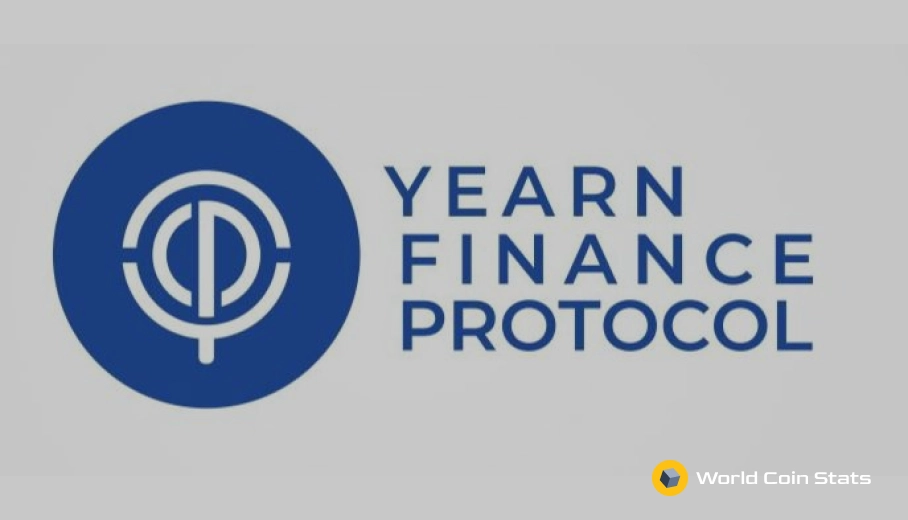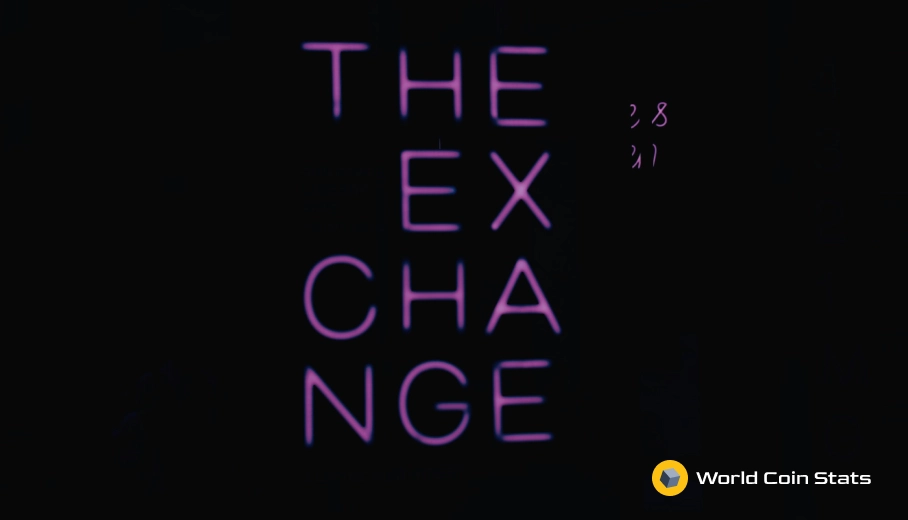If You Buy $70 Worth of Bitcoin Per Week, How Much Will You Have At The end of the year?
Investing in Bitcoin has become a popular thing to do over the past 4 years. Someone that invested in Bitcoin 4 years ago would have seen 300% returns on their initial investment.
Facts like that lead to a lot of interesting hypothetical scenarios. A common that gets floated around is if you were to buy $70 worth of Bitcoin per week for a year, then how much would that Bitcoin would be worth at the end of the year.
The obvious answer is $3,640 ($70 x 52 weeks) worth of Bitcoin. However, that does not account for the price increase of Bitcoin, which can be substantial. Granted, Bitcoin definitely has the possibility of falling in price by a fairly large amount.
Anyway, this article will cover how much bitcoin, not the dollar amount of it, you will have after a year of weekly investing. We will also cover the merits of dollar cost averaging compared to buying a lump sum amount.
What is Dollar Cost Averaging?
Dollar cost averaging is an investment strategy that involves making a series of small purchases over a period of time rather than a large lump sum purchase.
An example would be buying $1,000 worth of bitcoin every month for a year. This is directly opposed to buying a lump sum of $12,000 worth of bitcoin at one time.
There are a few reasons that people dollar cost average, which we will cover in the next section. The important point to remember is that dollar cost averaging generally wins when compared to lump sum investing.
4 Benefits of Dollar Cost Averaging When Buying Bitcoin
There are a lot of benefits of dollar cost averaging when purchasing bitcoin. There are also a few disadvantages to it as well. Here are three of the benefits of using the method when purchasing bitcoin.
It Takes Out Emotional Investing
The biggest benefit of dollar cost averaging is that it takes out a lot of emotion that can get in the way of investing. Did bitcoin rise in price 50% because of some news?
Don’t worry. You were buying anyway because you buy every single day.
Did the price drop 50% in an hour because of news about China banning cryptocurrency?
Don’t worry about it dropping 50% more because you were buying that day no matter what.
Our point is that with dollar cost averaging you become immune to a lot of the daily swings with cryptocurrency. This allows you to put more money into it, which means more gains in the long term because the price of cryptocurrency rises in the long term.
Timing The Market Is Nearly Impossible
A common thing you hear from cryptocurrency investors is something like, “I’ll wait to buy until the next dip.”
The problem with waiting for “the next dip?”
The next dip does not always happen. This was likely the case with bitcoin in the three digit range (under $999).
We will most likely never see bitcoin at $999 or lower ever again.
Anyone waiting for the next dip below $999 will be waiting for a long time.
If they would have just bought a set amount at the price (ie. $1200), then they would have made a lot of money over the next few years as the price rose to over $60,000.
Lump Sum Not Required
A lump sum is not required to dollar cost average your purchase. You can have a lump sum that you break up over a period of a few months or a year, though.
For instance, if you have $10,000 to invest in cryptocurrency, then you could buy $825 worth of bitcoin every month for a year.
The more likely scenario is that you take a certain amount of money out of every paycheck to purchase bitcoin. The money comes right out of your paycheck, so it’s not like you ever actually see it.
You can also invest any year end bonus or promotion into bitcoin.
It Flattens The Volatility
It is no secret that cryptocurrency, especially bitcoin, is an extremely volatile asset. Dollar cost averaging sort of flattens this volatility because it spreads out the purchase points across a few different points.
For example, if you bought $10,000 of bitcoin when the price was $40,000, then your basis is $40,000.
However, if you bought $5,000 of bitcoin at $30,000 and $5,000 of bitcoin at $40,000, then your basis is $35,000.
That’s a lot of variance removed from the equation, especially when you consider that dollar cost averaging usually involves more entry points than two.
How Much Bitcoin Will You Have After Buying $70 Per Week For a Year?
First, you will have $3,640 worth of bitcoin if you buy $70 of it per week for a year.
That really is not too important.
The important part is the number of satoshis that you will have after doing that for a year. We obviously do not know that amount because, well, we cannot see the future.
However, if your cost basis is a conservative $40,000, then you will have ~0.09 BTC. On the other hand, if your cost basis is $60,000, then you will have ~0.05 BTC.
There really is no way to know what the market will look like in the future, but you are still likely better off dollar cost averaging rather than buying a lump sum.
Final Thoughts
Basically, dollar cost averaging is the way to go when purchasing cryptocurrency. It takes out a lot of the emotion and reduces the volatility of cryptocurrency. It does expose you to some potential upswings that you will have to purchase, but that is negated by purchasing during downswings.
You can also adjust the amount you purchase when the price drops. You do not have to be religious about the amount that you purchase.
The important thing to remember is that some cryptocurrency is better than no cryptocurrency.




